If you’re planning to ride in cold or wet weather, you’ll want to get your kit right in order to stay warm and dry. However, there’s a bewildering array of waterproof jackets to choose from to protect you from the elements.
Bike clothing brands sell a range of jackets for winter cycling and bad weather, many with a hefty price tag attached.
Water-resistant cycling jackets come in one of two basic flavours: hardshell or softshell. But what does each mean and what is each good for? We’ve talked to the experts to find out.
Hardshell jackets vs softshell jackets
Construction
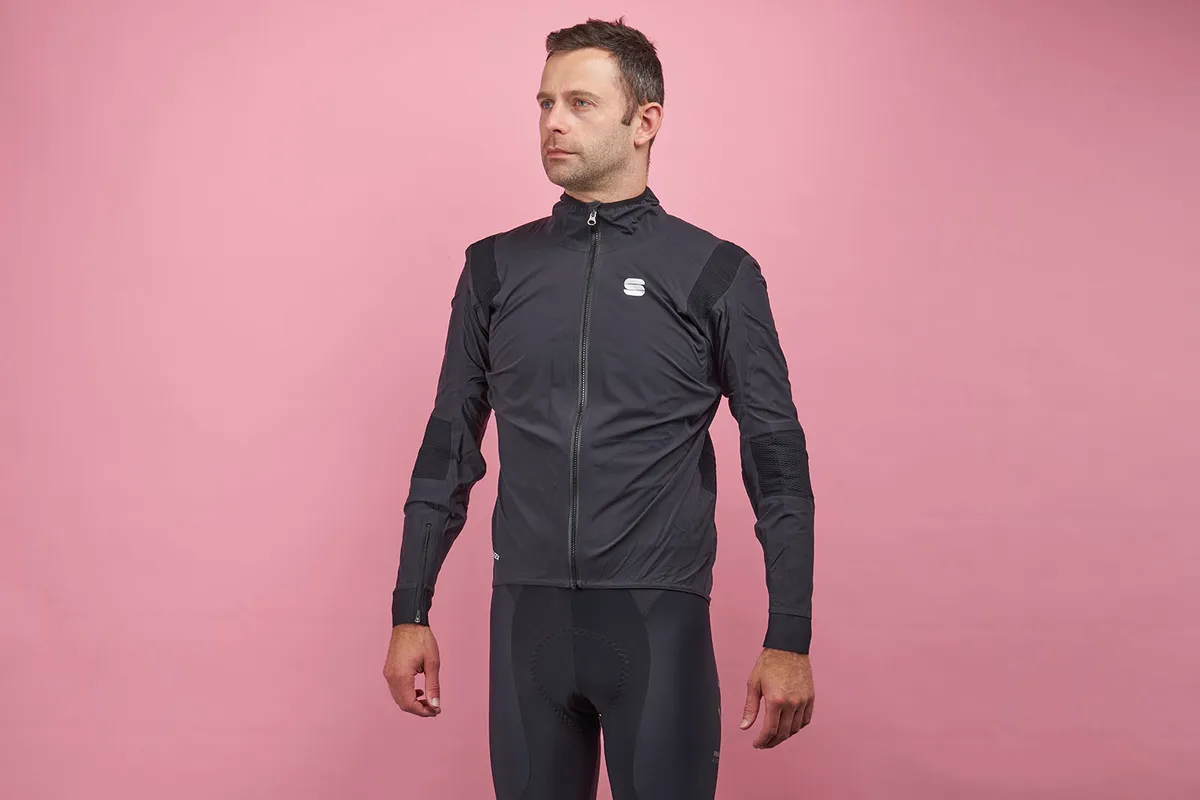
A hardshell jacket is typically made with a woven outer fabric. That makes it less stretchy than a softshell, which is usually made from a knitted fabric.
“The extra stretch in a softshell can be utilised to ensure comfort and performance in close-fit garments, so is particularly good for road products,” says Ian Young, product manager at Endura. “This soft outer also means the products tend to be quieter when riding.”
There’s not a strict definition of what constitutes a hardshell or a softshell jacket, though. “With the evolution of various waterproof and windproof fabrics over the past few years, the line between soft and hardshell is not as clear as it once may have been,” he says.
Both soft and hardshells will have a membrane layer sandwiched within the jacket’s structure. This provides wind and rain resistance, while letting water vapour out so you don’t get too clammy when you work up a sweat.
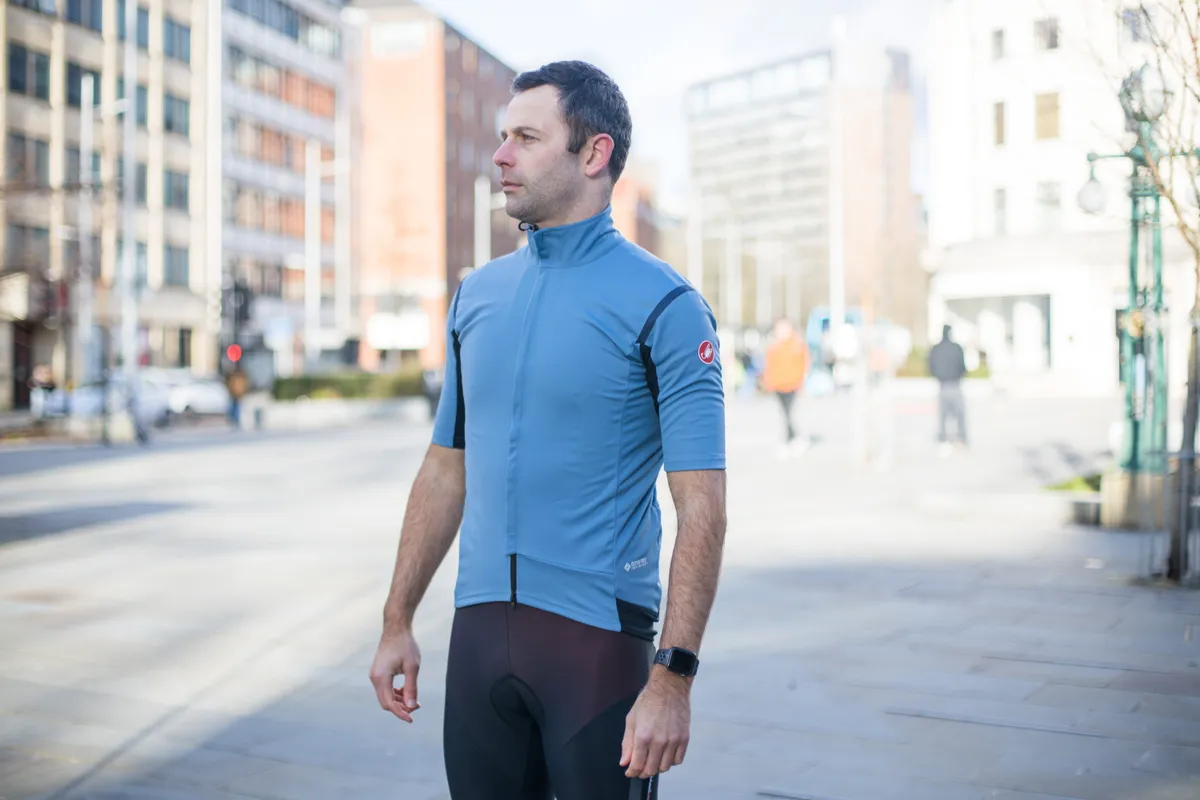
The membrane layer used to sit between outer and inner fabric layers, producing a three-layer fabric.
More recently, 2.5-layer and 2-layer laminates have become an option. Here, the inner layer, inside the membrane, is reduced or absent. That leads to a lighter-weight structure that can be made more breathable.
The blurring of hardshell and softshell categories is evident too in the Castelli Gabba, the archetypal softshell jacket used by pro cyclists for racing in poor weather.
In 2010, the original Gabba wasn’t too water-resistant, to ensure enough breathability. However, in the fifth generation launched in 2022, Castelli used Gore-Tex Infinium Windstopper 205, which it claims is warm and highly waterproof.
Because of the brushed inner surface of softshell fabrics, taping the seams inside isn’t possible. But Castelli moved the seams from the shoulders to the back on the latest Gabba RoS, in a bid to boost impermeability.
Resistance to rain
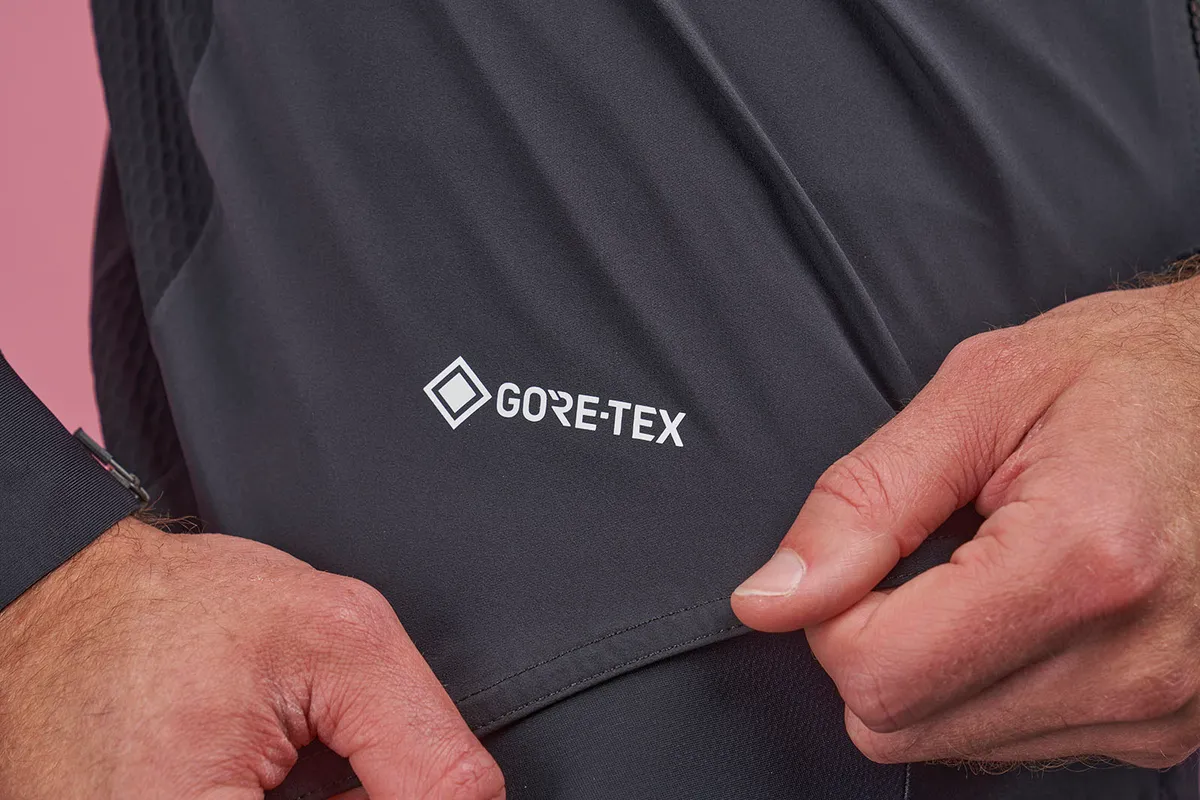
Hardshell jackets will typically provide more resistance to a prolonged downpour, so they’re a good bet if you expect to be riding in the rain for hours.
On the best waterproof jackets, manufacturers tape the seams on the inside of the jacket, since the stitching in an untaped seam can let in rain over time.
“They’re perfect for when it's going to be raining all day and you need to keep the core warm and dry,” says Harry Osborn, head of design at Rapha.
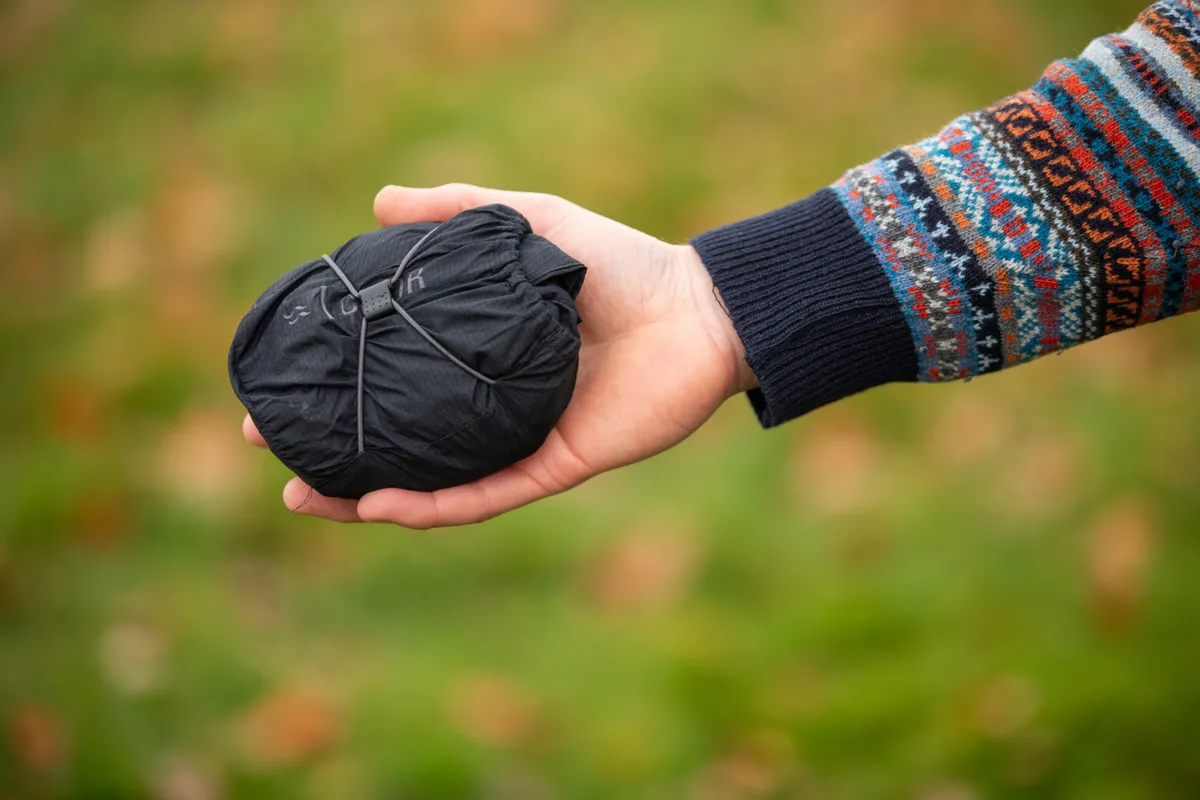
With less weight, a hardshell is generally better for a lightweight shell, says Endura’s Young. “But they require more careful layering underneath for maximum comfort,” he cautions.
A hardshell is likely to be more packable but also more fragile.
That said, many of the best mountain bike jackets we've tested are hardshells, so they can be made to withstand winter mountain biking.
Breathability and warmth
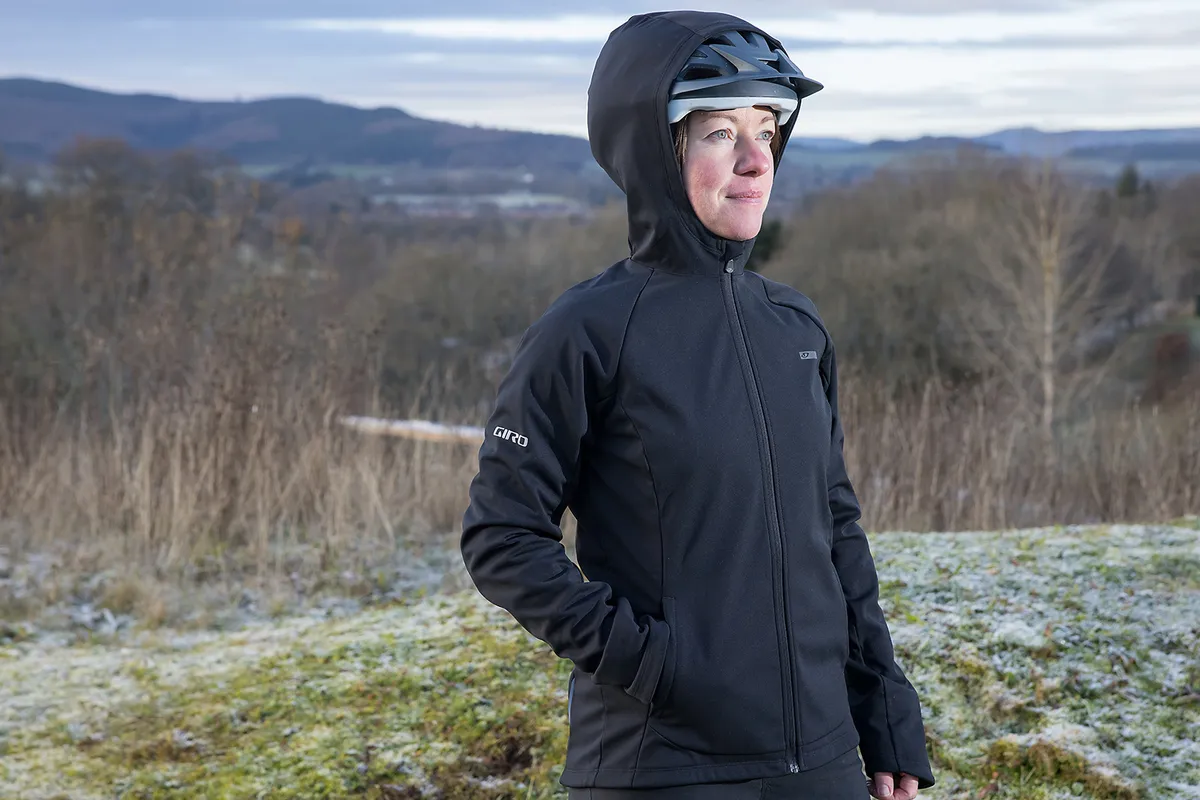
Anne Weir, project manager at Gore, stresses the importance of breathability for comfort when riding.
It allows heat to escape, due to evaporation from the outer surface of the jacket, and also helps keep the layers you’re wearing inside drier.
The company uses a machine to measure how resistant its laminates are to water-vapour loss, and its Active and Infinium fabrics all rate as extremely breathable. The former two would classify as hardshell fabrics, while Infinium is a non-waterproof (but water-resistant) softshell fabric.
But whereas Active fabric is very thin, the Infinium softshell fabric adds a fleecy inner surface. This increases its warmth, so you’ll feel comfortable with fewer layers underneath.
There’s a balance between feeling comfortably warm when cycling and breathability. In warmer, wet conditions a thin hardshell jacket is likely to be a better option, whereas in cooler, damp conditions you’re likely to feel more comfortable in a softshell jacket.
Softshells offer increased breathability
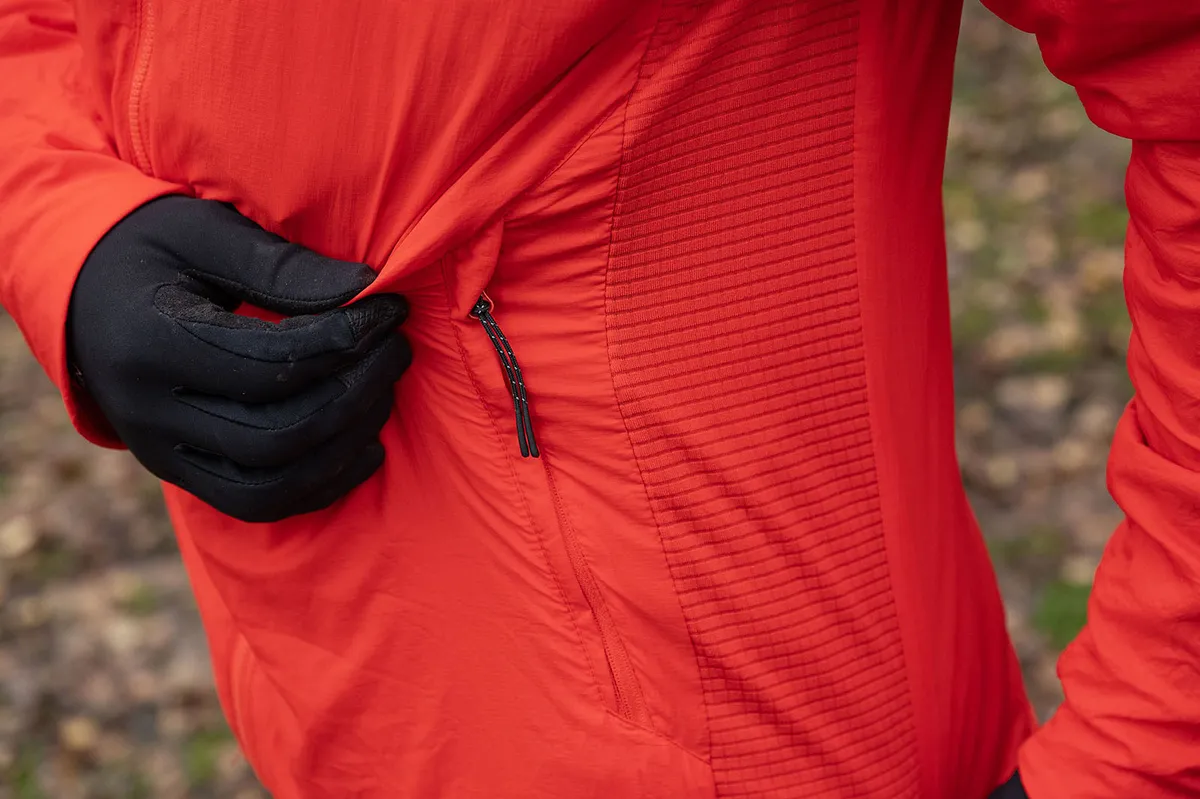
Brands tend to combine breathable and water-resistant fabrics in their softshell garments. This helps the best winter cycling jackets provide maximum breathability while you're riding at tempo.
Weir says Gore's softshell jackets feature fabrics that enable air to escape to cool you down, along with some waterproof taping.
Therefore, breathability undermines a softshell's ability to repel an extended deluge.
“Reaching for your Gore-Tex waterproof in those heavier and prolonged rain conditions would give more protection and a prolonged feeling of comfort," says Weir.
Both Weir and Osborn say there’s no reason not to wear a more water-resistant hardshell and a warm softshell together if you’re riding in weather that’s both wet and cold.
Choose what’s best for the conditions
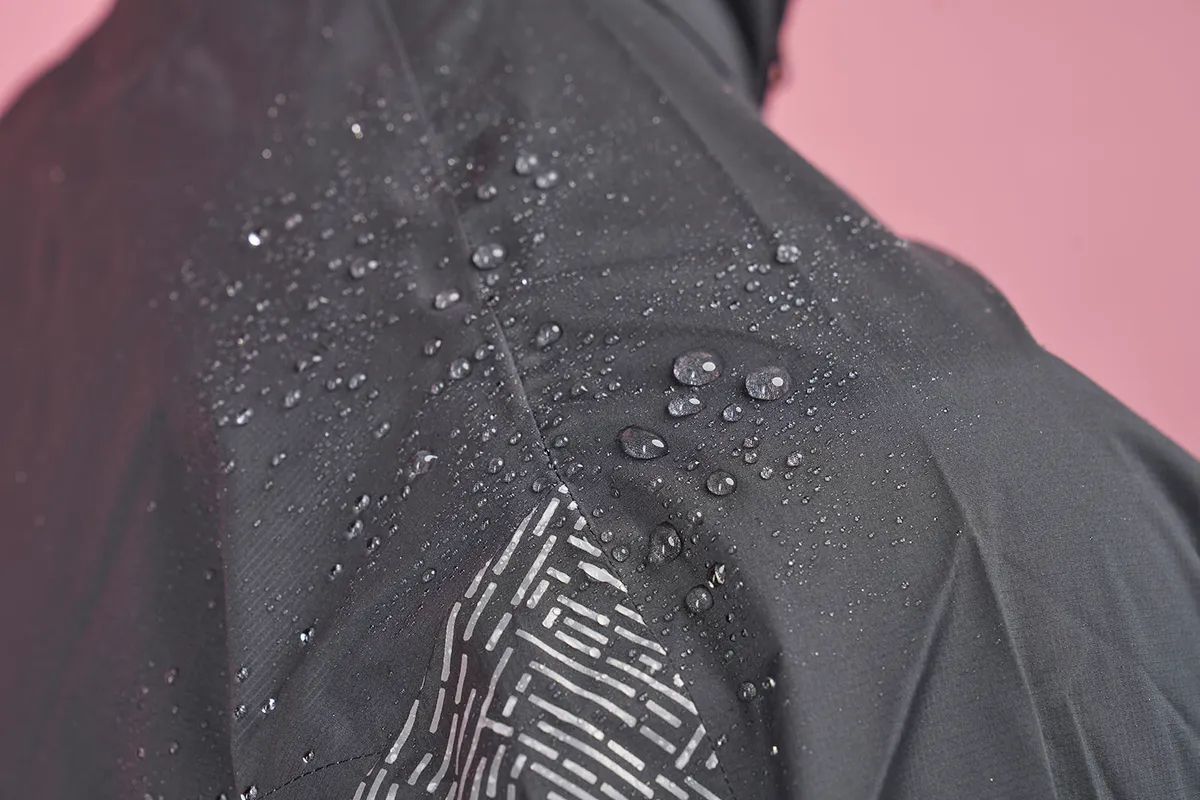
All three of our experts concur that it’s not purely about choosing between a hardshell and a softshell, it’s about selecting the right clothing for the conditions in which you’ll be riding.
Whether you go for a hardshell or softshell, quality cycling jackets don't come cheap. So make sure you know how to make your cycling kit last longer to avoid shelling out on an expensive replacement.
Weir points out that many cyclists will wear a hardshell jacket even in dry conditions, because they’re breathable, light and easy to pack; others will choose an Infinium softshell in the rain for its form fit, freedom of movement and thermal regulation.
“Prioritise the various product and fabric attributes: waterproofing, windproofing, breathability, fit, features, weight, pack size, price, etc and look for the product which ticks the most important boxes for the conditions and type of riding you plan to use it for,” says Young.
